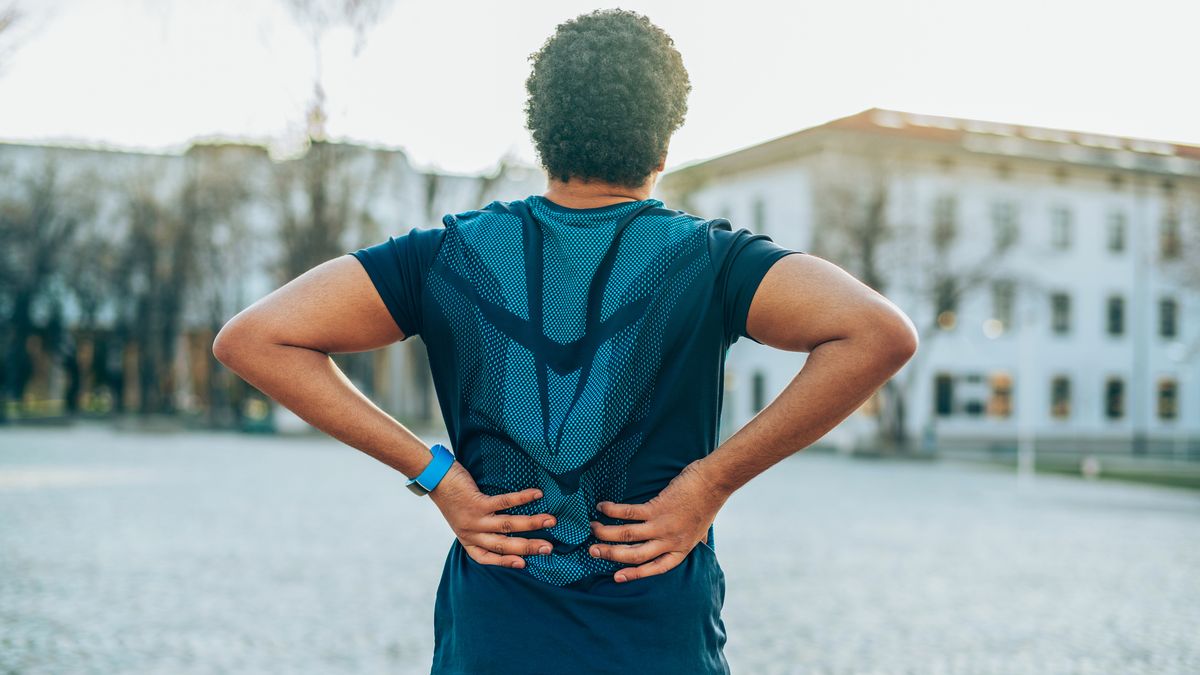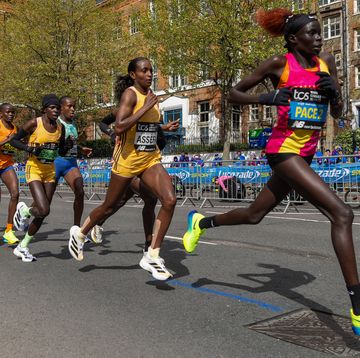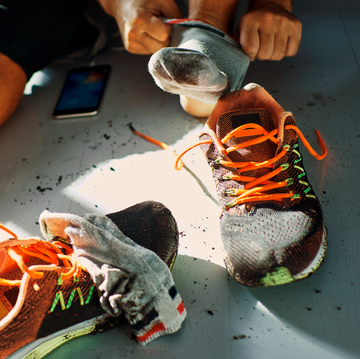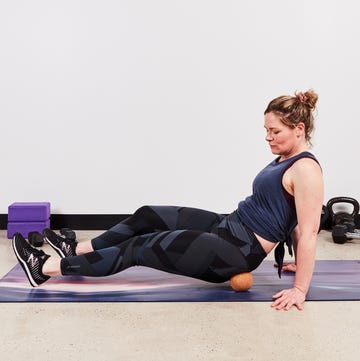Many avid runners have most likely experienced lower back pain when running or after finishing a long race. For many, it can be hard to pinpoint what exactly caused the onset of pain in their lower backs. Could it be that you didn’t stretch efficiently, or is it because your back muscles aren’t strong enough?
In an ideal situation, the bones in the vertebrae and the other spots in the spine are strong and healthy. But when these vertebrae are aggravated, it can not only derail your run, but many of your other day-to-day activities.
Your pelvis also plays a major role in how your lower back functions. The sacroiliac (or SI) joints move efficiently in a normal running gait, but if the SI joints are not moving as they should, it can add wear and tear to your lower back area.
Lower back pain is common among new runners or runners who have taken some time off. It tends to happen when you run too strong and too quickly, before your body is ready. If you already have lower back pain, running may exacerbate it, especially if you’re not taking precautions to strengthen your lower back.
There are three types of common pain that can occur in your lower back as a runner: muscle-related pain, bone-related pain, and discogenic pain, according to Jordan Metzl, M.D., a sports medicine physician at the Hospital for Special Surgery in New York City and creator of Runner’s World’s IronStrength workout.
Here is how you can identify lower back pain, common causes and how to treat it.
Identifying symptoms of lower back pain when running
Muscle-related pain occurs on either side of the lower part of your spine. You’ll know you have it if you feel spasms or feel pain on one side of your spine or the other, especially when you twist or move, says Metzl.
Bone-related pain feels like general achiness throughout the entire area of your lower back. If you’re over 65, chances are that you’re experiencing arthritic back pain, which is when your bones rub together because you’ve lost the cushion between them, adds Metzl.
“With discogenic pain, this is characterized by pain that gets worse when you bend forward, and most importantly, shoots down your legs,” says Metzl. If you suspect discogenic pain, he advises seeing a doctor right away.
Common causes of lower back pain when running
It can be hard to find the exact culprits for your lower back pain, especially if you normally suffer from it. For runners, common causes of lower back pain include improper form, weak muscles, and possibly more severe issues.
- Poor form: Researchers of a recent study published in the journal Pain Research and Management found posture and running gait were one of several causes for lower back pain after surveying 800 marathon runners. Proper form is important for any runner. If you improve your posture and your form, you’re more likely to prevent injuries and you will also be able to run with ease.
- Muscle weakness: Muscle-related back pain happens when the muscles that surround your back—your core, hips, glutes, and hamstrings—aren’t strong, which forces your back muscles to pick up the slack. “If you have weak hip and gluteal muscles, for example, as they become fatigued during a run, your lower back is forced to work harder to keep you upright and stable, and you become vulnerable to injury,” Metzl says.
- Bone issues: Bone-related pain may be caused by arthritis, and discogenic pain is caused by a bulging or slipped disc, he says. You should see your doctor if you suspect you have either of these.
Treating lower back pain
If you’re experiencing bone- or muscle-related lower back pain when running, there are stretches and exercises you can do to relieve the discomfort you’re feeling.
First and foremost, Metzl recommends foam rolling your back. “The idea is to loosen up the muscles that are aching and tight,” he says. “It’s like a deep-tissue massage you can do every single day.”
Rolling out your hamstrings is also a good idea because if you have tight hamstrings, it accentuates the inward curve in your lumbar spine. “By loosening up your hamstrings, it can take a lot of the pressure off your lower back,” he says.
If these options aren’t working, your doctor can perform an X-ray, which is the best way to view your bones and muscles to diagnose any specific problems.
For discogenic pain, seek treatment from your doctor immediately.
“If you’re getting pain shooting down your legs into your toes, or if you’re bent over like a human comma, just go to your doctor,” Metzl says. Your doctor will likely perform an MRI, which is the best way to diagnose this type of pain. Epidural injections, and in some cases surgery, might be recommended.
Preventing lower back pain
Developing a solid base of running first and giving your body time to adapt to the stress running places on your back will decrease your risk of back injury.
Strength training is key when it comes to preventing lower back pain. “I can’t emphasize this enough: Strong muscles, strong core muscles, and a strong kinetic chain will take load of an achy back,” Metzl says. Having strong core muscles is especially important because these muscles are located on both sides of your spine and work to support it. Among some of Metzl’s favorite exercises to strengthen your muscles and prevent lower back pain are mountain climbers and planks.
Yoga and physical therapy are also helpful in many cases. Watch the video above for examples of exercises—like glute bridges, pikes, and planks—that can help you keep lower back pain when running at bay.












